
Stablecoins are a type of cryptocurrency meant to be “pegged” to or closely match the value of another currency or financial asset — like the U.S. dollar or gold — to stabilize its pricing in the cryptocurrency market. True to their name, stablecoins are intended to be a stable crypto option to invest in, especially when compared to currencies that can have high volatility, like Bitcoin or Ether.
Although stablecoins only make up a portion of the larger crypto market, they are popular among people who want to participate in the decentralized finance system.
To maintain the prices of stablecoins, some issuers claim to have dollars or other physical assets that are equal to the total volume of stablecoins issued. For others, they may use an algorithmic method to automatically encourage the sale of coins to regulate their value relative to the dollar.
Top Stablecoins to Know
- Tether (USDT)
- USD Coin (USDC)
- Dai (DAI)
- Binance USD (BUSD)
- TrueUSD (TUSD)
- Frax (FRAX)
- Pax Dollar (USDP)
- Liquity USD (LUSD)
As with any other cryptocurrency investment, even stablecoins can be volatile and susceptible to bugs, errors and loss. So be sure to only use crypto exchanges and crypto wallets that are secure, and to manage your finances responsibly.
Types of Stablecoins
Depending on the mechanism used to stabilize their value, stablecoins can be organized into three different buckets:
Algorithmic Stablecoins
Algorithmic stablecoins use algorithms and smart contracts to manage the supply of the tokens issued. The system will reduce the token supply if the price falls below whatever fiat currency it tracks through methods like burning or buybacks. If the price surpasses the value of the fiat currency, new tokens will be put into circulation to reduce the stablecoin’s value.
Crypto-Backed Stablecoins
Crypto-backed stablecoins use other cryptocurrencies as collateral, and smart contracts to monitor the minting and burning of the coin. This is intended to make the process more reliable, since users can independently audit the contracts. Some of these crypto-backed stablecoins are also run by DAOs, where the community can vote on changes.
Fiat-Backed Stablecoins
Fiat-backed stablecoins use government-issued currency like the U.S. dollar as collateral. Users can convert from fiat into a stablecoin and vice versa at whatever the pegged rate is. And if the price of the coin falls below the underlying fiat, investors can use arbitration methods to bring the price back to a fixed rate — simultaneously purchasing and selling the same asset on different markets.
Stablecoins to Know

Tether
Tether USDt (USDT), the company’s namesake currency, is one of the oldest stablecoins on the market and has been described as the “lifeblood of the crypto ecosystem.” Tether has variants of its stablecoin pegged to other fiat currencies outside of the U.S. dollar as well, including to the euro (EURt), Mexican peso (MXNt) and Chinese yuan (CNHt). It also has a token backed by physical gold known as Tether Gold (XAUt).
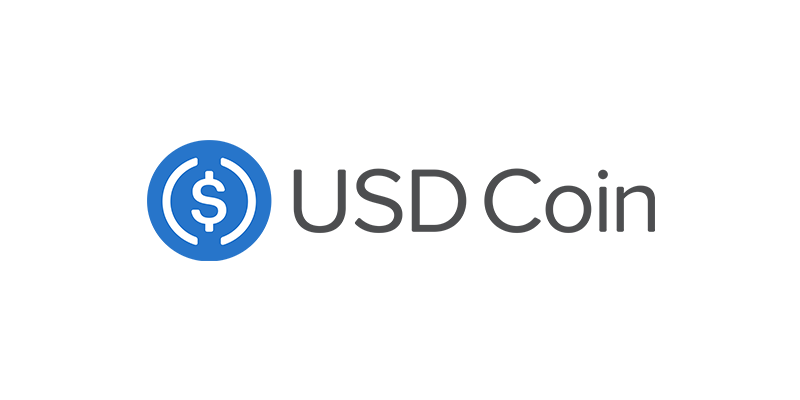
USD Coin
USD Coin (USDC) is a popular stablecoin that is pegged to the U.S. dollar. It was launched in 2018 through a consortium called Centre that was created by fintech giants Circle and Coinbase. USDC can be sent and received instantly through Circle or on crypto exchanges, and can be integrated into apps and dApps as a payment method.
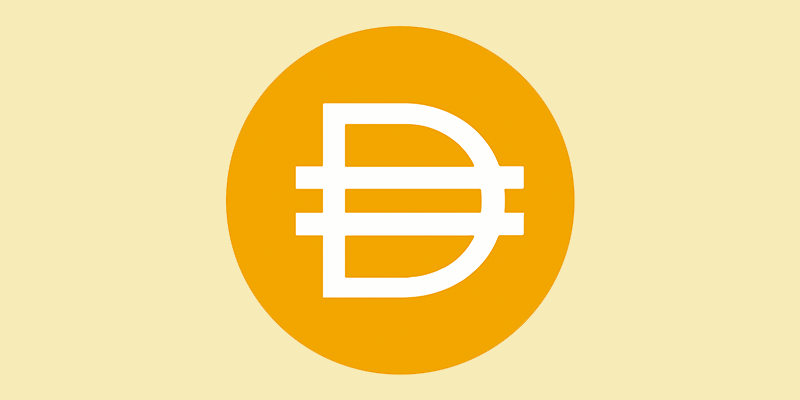
Dai
Dai (DAI) runs on the Ethereum blockchain, and algorithmically attempts to keep itself tied to the U.S. dollar. Unlike centralized stablecoins, Dai isn’t backed by U.S. currency in a bank account. Rather, it is backed by collateral in the MakerDAO platform, a decentralized autonomous organization that also exists on the Ethereum network — allowing people to lend and borrow using cryptocurrencies. So, if the Dai credit system gets upgraded or shutdown, holders may need to convert their Dai to Ethereum cryptocurrency through the Maker platform.
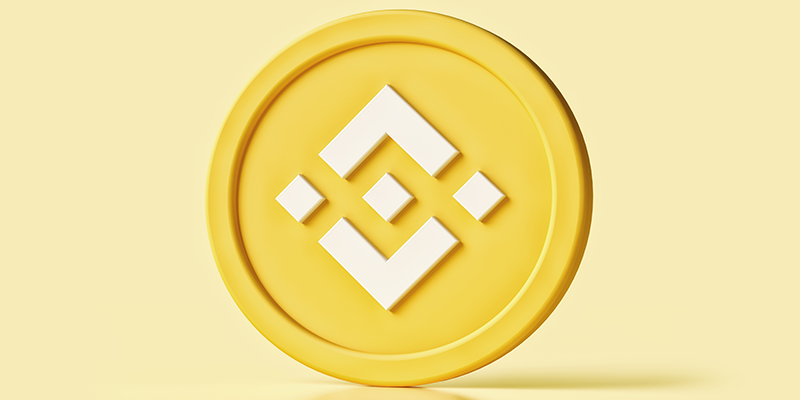
Binance
Binance USD (BUSD) was originally issued through a partnership between its namesake, cryptocurrency infrastructure provider Binance, and crypto asset exchange Paxos. It launched in 2017 and managed to reach a market capitalization peak of over $100 billion in 2021. As a company, Binance offers various other services in the digital asset space as well, including crypto wallets, savings accounts and even NFTs (non-fungible tokens).
In February 2023, Paxos announced it would stop minting new BUSD coins, though existing coins will remain “fully-backed and redeemable” through February 2024. Binance will also continue to support the sale of BUSD “for the foreseeable future.”
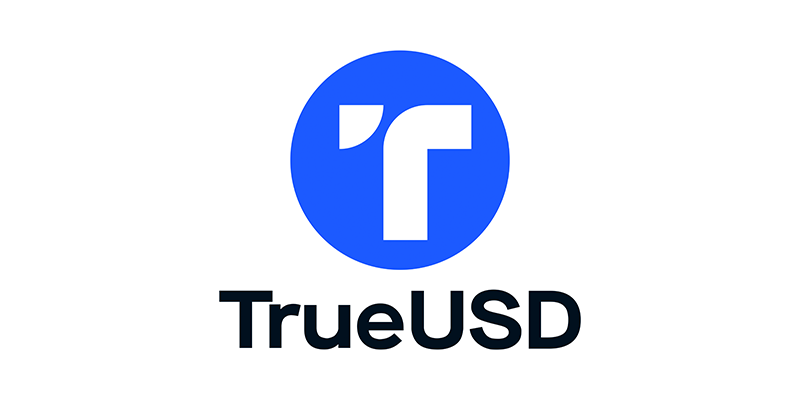
TrueUSD
Reportedly the first regulated stablecoin backed by the U.S. dollar, TrueUSD (TUSD) is among the most famous of all the stablecoins out there. Users can invest in it to not only earn, but also hedge against the volatility of any crypto assets they own. They can also trade TrueUSD on over 100 exchanges, markets and over-the-counter desks around the world, as well as stake, farm and mine TrueUSD on other DeFi platforms like Ethereum, TRON or BSC.
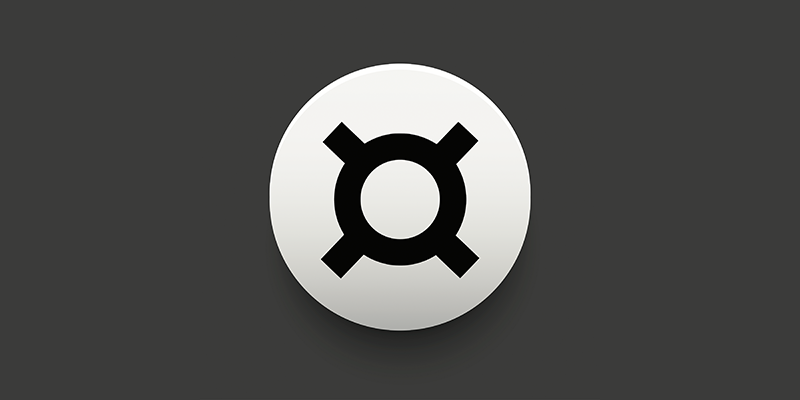
Frax
Frax (FRAX), a coin pegged to the U.S. dollar, operates on a “fractional-algorithmic” mechanism for its stablecoin, meaning it is partially backed by collateral and partially stabilized algorithmically. In addition to Frax, the company has FPI, which is pegged to the U.S. Consumer Price Index, and frxETH, which is pegged to Ether (ETH). Frax aims to provide “highly scalable, decentralized, algorithmic money” in place of fixed-supply digital assets like Bitcoin.
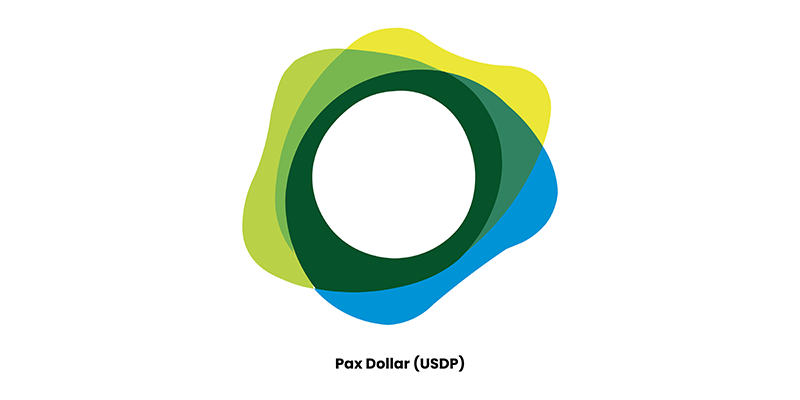
Pax Dollar
Pax Dollar (USDP) is considered to be the “world’s leading regulated stablecoin.” It is regulated by the New York State Department of Financial Services, and its reserves are held in cash and cash equivalents, which means customer funds are reportedly safe and available for redemption at all times.
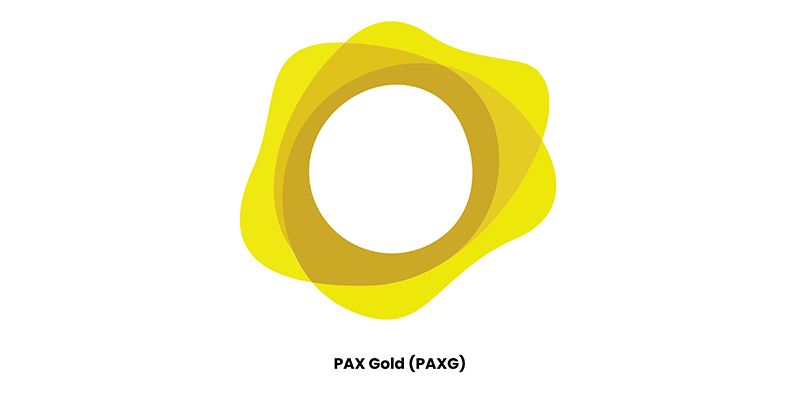
Pax Gold
Pax Gold (PAXG) is a digital currency that is backed by genuine, physical gold. Gold-backed cryptocurrency is a less common class of stablecoin, but it is one that may stand to outperform the wider crypto market during volatility. Pax Gold is one of the largest gold-backed stablecoins on the market.

Liquity USD
Liquity USD (LUSD) was created by Liquity, a decentralized borrowing protocol that allows you to draw 0 percent interest loans against Ether as collateral. The loans are paid out in LUSD, which is pegged to U.S. dollars, and must maintain a minimum collateral ratio of only 110 percent. The loans are also secured by a stability pool, which contains LUSD, and by fellow borrowers collectively acting as guarantors.

EURS
STASIS EURO (EURS) is a digital token developed by STASIS that is pegged to the Euro. While it is still quite small compared to its U.S. counterparts, STASIS claims that EURS is the world’s largest Euro-backed stablecoin on the market. And because its reserves are in accounts of partner institutions, STASIS says its coin has an “unrivaled level of reserve transparency.”

Celo Dollar
Like many other stablecoins, the Celo Dollar (CUSD) is pegged to the U.S. dollar. It is also native to the Celo Reserve blockchain system, which hosts a portfolio of cryptocurrencies to expand and contract the supply of Celo Dollars and support the overall Celo protocol. This influences its value on the crypto market as well.

Reserve Rights
Reserve Rights (RSR) is an asset-backed ERC-20 stablecoin on the Reserve Protocol (called a type of RToken). The protocol and the Reserve Ecosystem work to build tools that people can use to create and implement other stable currencies around the world. Reserve Protocol states that it is the first platform allowing for the “permissionless creation of asset-backed, yield-bearing & overcollateralized stablecoins on Ethereum.”
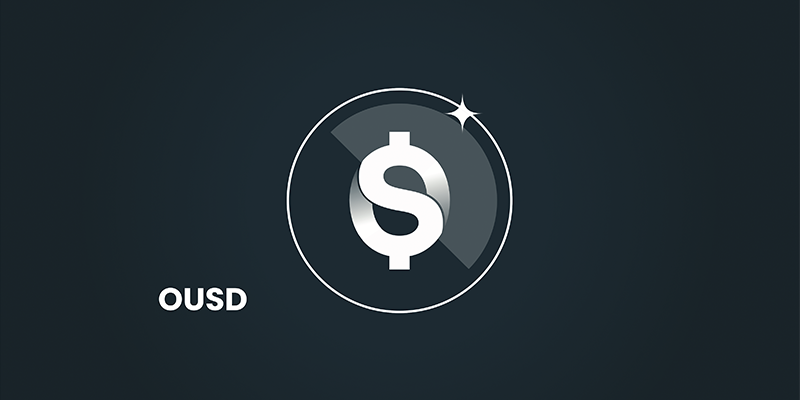
Origin Dollar
Built by Origin Protocol, Origin Dollar (OUSD) is a stablecoin that can earn a yield while it’s still in a user’s wallet. Because yields are generated automatically through open-source, on-chain yield farming strategies while remaining in the user’s custody, they can earn passively while maintaining control.

PayPal USD
PayPal USD (PYUSD), launched by payments platform PayPal, is a stablecoin pegged to the U.S. dollar. The stablecoin is backed by secure dollar deposits, U.S. treasuries and cash equivalents to keep it matched to a $1 value. PayPal USD can be bought, sold, sent, received and converted to other currencies through PayPal, and can also be used as a payment method when checking out in online stores using PayPal.



